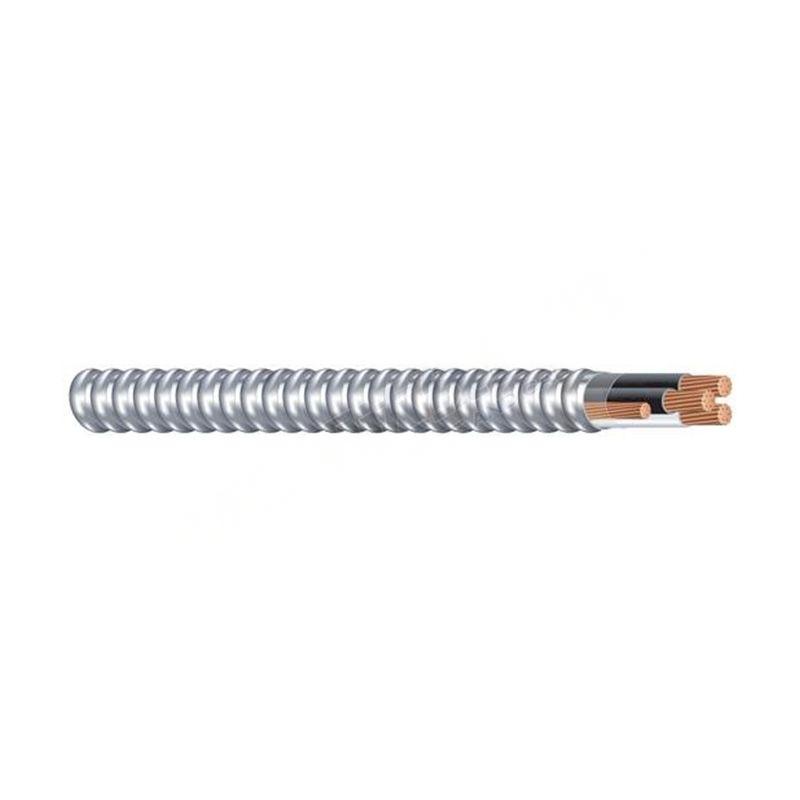ធ្នូ . 17, 2024 11:54 Back to list
3 piece ball valve
Understanding 3% Piece Ball Valves Functionality and Applications
Ball valves are essential components in various industrial and commercial applications, recognized for their reliability and effectiveness in controlling fluid flow. Among the different types of ball valves available, the 3-piece ball valve stands out due to its versatility, ease of maintenance, and robust design. In this article, we will explore the construction, operation, and applications of 3-piece ball valves.
Construction of a 3-Piece Ball Valve
The 3-piece ball valve is designed with three primary components the two end pieces and the central body. This unique configuration offers significant advantages over traditional one-piece or two-piece designs. Each end piece contains a pipe connection, while the central body houses the ball and the seat. The ability to separate these components allows for easy maintenance and replacement without disturbing the valve's installed piping.
The ball, often made from materials such as stainless steel, brass, or PVC, features a hollow center that allows liquid or gas to flow through when the valve is open. The seats, typically made of materials like Teflon or rubber, create a tight seal, preventing leaks when the valve is closed.
Functionality and Operation
The operation of a 3-piece ball valve is straightforward. It utilizes a 90-degree rotation mechanism to open or close the flow path. When the handle is turned, the ball inside rotates, aligning the hollow passage with the valve’s inlet and outlet, thus allowing fluid to pass through. Conversely, turning the handle to the closed position rotates the ball so that the solid side blocks the path, stopping the flow.
3 piece ball valve

One of the key advantages of this design is the low flow resistance it provides. The ball valve's construction allows for a smooth flow, minimizing turbulence and ensuring efficient operation. Additionally, the simplicity of the design means that ball valves typically offer a longer service life compared to more complex valve types.
Applications
3-piece ball valves are used across various industries due to their adaptability and reliability. They are commonly found in oil and gas industries, chemical processing, water treatment facilities, and HVAC systems. Their construction allows for quick replacements, making them ideal for applications that require frequent maintenance or changes.
In the food and beverage industry, 3-piece ball valves are particularly valuable. Their ability to be disassembled makes them suitable for environments that require thorough cleaning and sanitation, ensuring compliance with health and safety regulations. The choice of materials and protective coatings also plays a crucial role in preventing contamination.
Another significant application of 3-piece ball valves is in plumbing systems, where they are used for both residential and commercial piping. Their ability to handle high-pressure applications along with robust sealing capabilities ensures that they maintain integrity over time, even under demanding conditions.
Conclusion
In summary, the 3-piece ball valve is a versatile and effective solution for fluid control across various applications. Its unique design offers significant advantages, including ease of maintenance, durability, and efficient flow characteristics. Whether in industrial plants, food processing facilities, or plumbing systems, 3-piece ball valves continue to be a preferred choice for engineers and facility managers alike. Understanding their functionality and applications is essential for anyone involved in system design and maintenance, ensuring optimal performance and reliability in fluid control systems.
Share